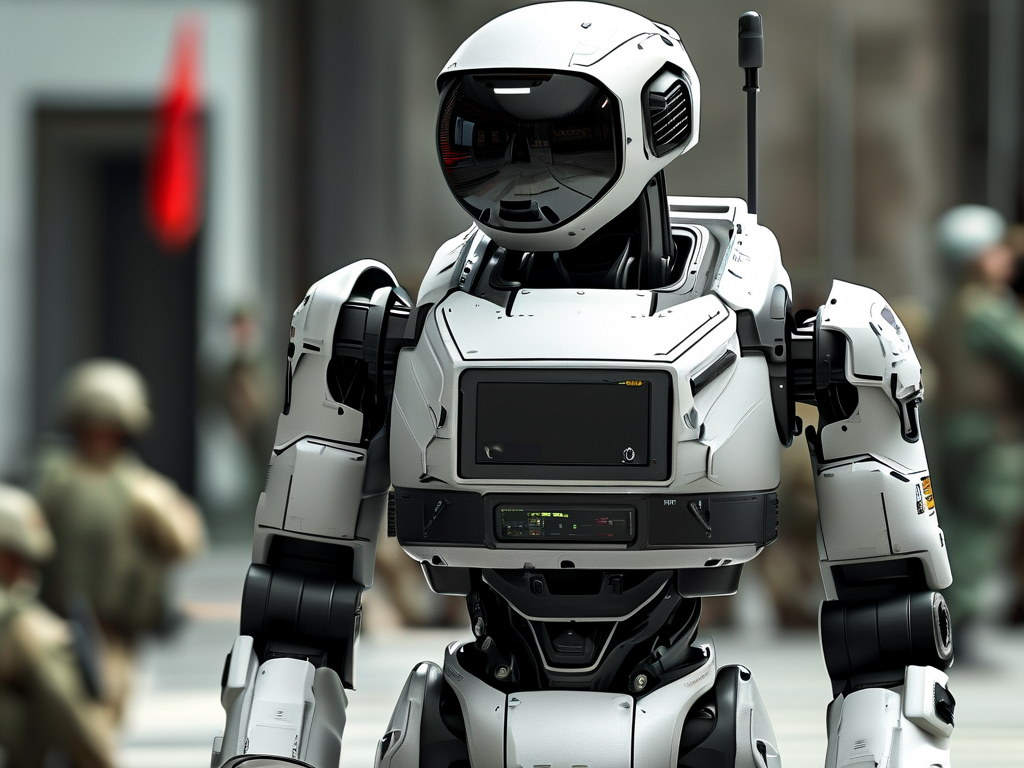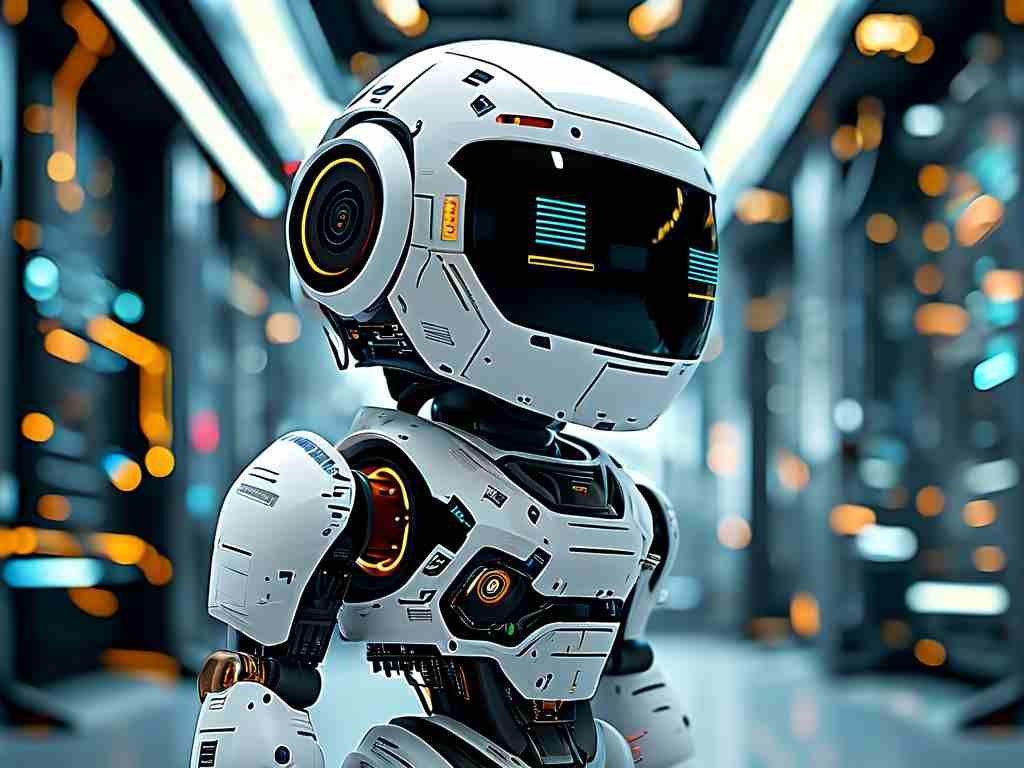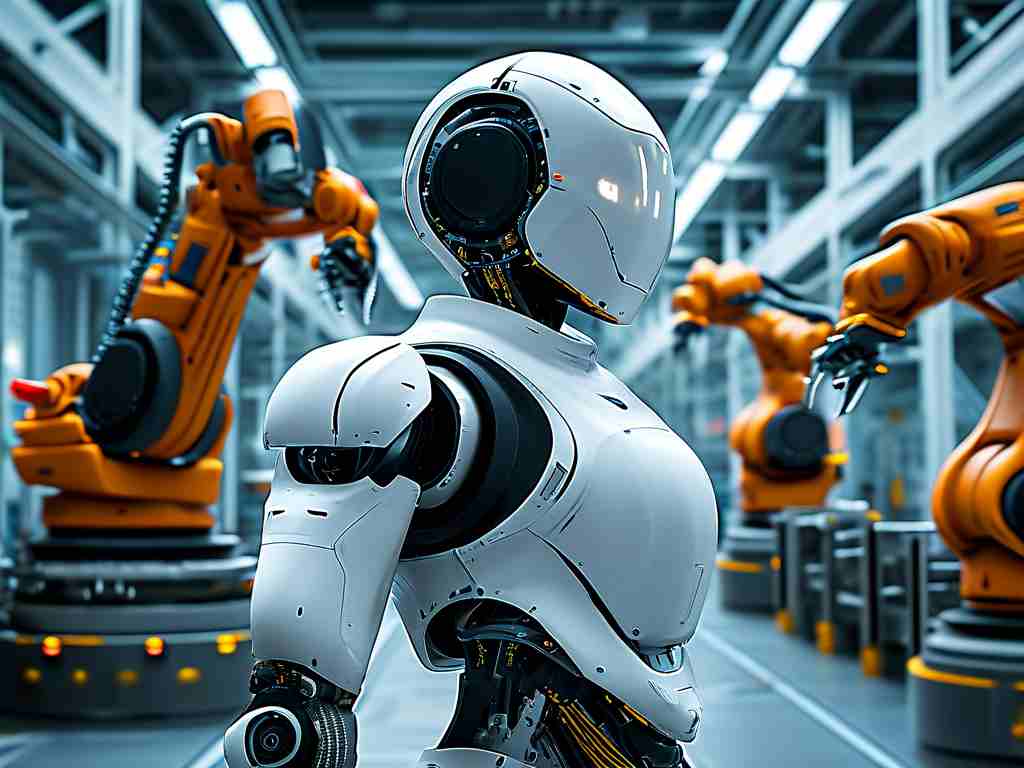The evolution of individual combat robotics has revolutionized modern warfare, blending cutting-edge engineering with tactical adaptability. Unlike conventional military hardware, these compact systems prioritize mobility, situational awareness, and seamless integration with human operators. This article explores five defining technical characteristics shaping this emerging field.

1. Autonomous Navigation and Environmental Interaction
Modern individual combat robots employ advanced sensor fusion architectures, combining lidar, thermal imaging, and inertial measurement units (IMUs) to achieve centimeter-level positioning accuracy. For instance, the X21B tactical platform utilizes SLAM (Simultaneous Localization and Mapping) algorithms to navigate urban rubble and dense forests without GPS dependency. This capability was demonstrated during recent NATO exercises, where prototype units autonomously mapped 12 km² of uncharted terrain in under 45 minutes.
2. Modular Payload Systems
Interchangeable mission modules represent a paradigm shift in battlefield versatility. A single chassis can rapidly reconfigure from explosive ordnance disposal (EOD) to medical evacuation roles through standardized interface ports. The Dragonfly-3 model, deployed in peacekeeping operations, famously switched between reconnaissance drones and non-lethal crowd-control emitters within 90 seconds during a 2023 crisis intervention.
3. Energy Density Breakthroughs
Power management remains critical for sustained operations. Recent advancements in hybrid supercapacitor-battery arrays have extended operational endurance from 6 to 24 hours under combat load. The Titanium PowerCore series achieves this through patented graphene-enhanced cathodes, maintaining functionality in temperatures ranging from -40°C to 65°C. Field tests in Arctic conditions showed 98% efficiency retention after 72 continuous hours.
4. Cognitive Human-Machine Teaming
Next-gen interfaces leverage neural network adaptation to predict operator intentions. The COBRA (Cognitive Battlefield Response Assistant) system analyzes voice stress patterns and eye-tracking data to prioritize threat alerts. During live-fire trials, this reduced decision latency by 40% compared to traditional joystick controls. Crucially, these systems retain manual override protocols to prevent over-reliance on automation.
5. Cyber-Physical Security Layers
As connectivity increases, so do vulnerabilities. Leading models now incorporate quantum-resistant encryption and self-scrambling firmware. The SHIELD v2.0 architecture, recently certified by the Pentagon’s Defense Innovation Unit, uses dynamic frequency-hopping spread spectrum (DFHSS) communications to resist jamming. In red team assessments, it withstood 97% of simulated cyber-physical attacks over a 30-day stress period.
Ethical considerations remain at the forefront of development. The Geneva Convention’s emerging protocols on autonomous weaponry have pushed manufacturers to implement “ethical circuit breakers” – hardware-level kill switches activated by abnormal behavioral patterns. Meanwhile, civilian applications are expanding, with firefighting variants of combat robots saving 14 lives during California’s 2024 wildfire season.
Looking ahead, the integration of neuromorphic computing chips promises to reduce power consumption while enhancing pattern recognition. DARPA’s ongoing OFFSET program aims to deploy swarms of 250+ micro-robots capable of collaborative problem-solving by 2027. As these technologies mature, the line between human soldier and robotic counterpart continues to blur, raising profound questions about the future of armed conflict.
From stealth-coated exoskeletons to AI-driven tactical advisors, individual combat robots are not merely tools but force multipliers reshaping modern warfare’s very fabric. Their technical evolution mirrors broader trends in defense innovation – smarter, leaner, and increasingly indispensable in an era of asymmetric threats.









